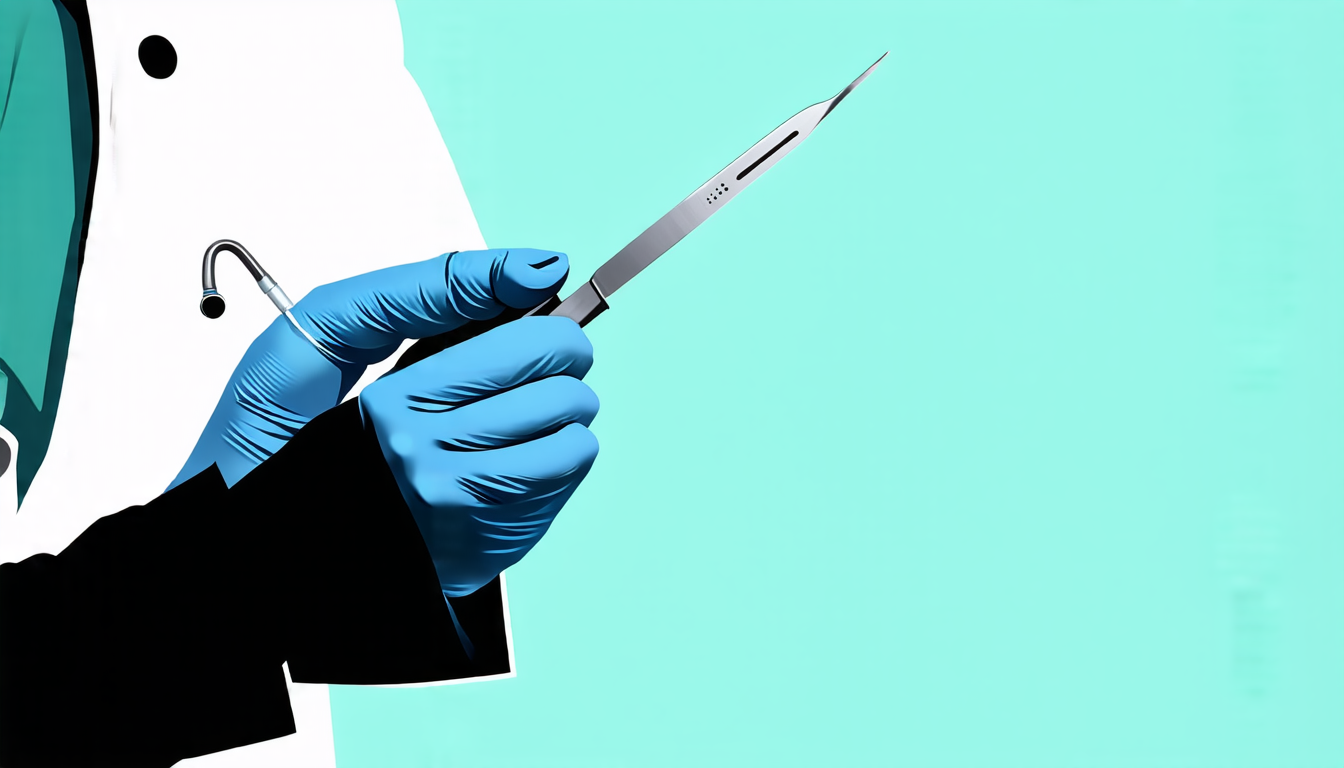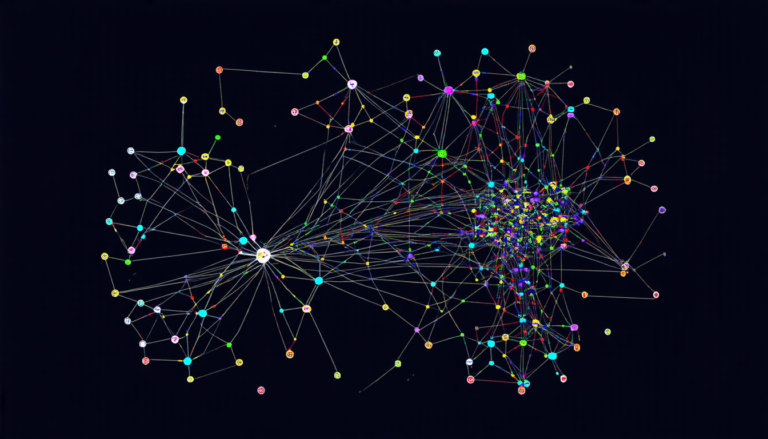Saturday 13 September 2025
Researchers have made a significant breakthrough in the field of surgical video analysis, paving the way for more accurate and efficient surgeries. A team of scientists has developed a new approach that combines artificial intelligence (AI) with machine learning to improve the accuracy of phase recognition in surgical videos.
Phase recognition is a crucial step in surgical procedures, as it allows surgeons to identify specific moments during the operation that require attention. Traditionally, this process was done manually by surgeons, but this new AI-powered system can do it more accurately and efficiently.
The researchers used a combination of convolutional neural networks (CNNs) and transformers to develop their system. CNNs are powerful machine learning algorithms that excel at image recognition tasks, while transformers are designed specifically for processing sequential data like video frames.
The team trained their model on a large dataset of surgical videos, including footage from gynecologic laparoscopic surgery and cataract surgery. They then tested the model on new, unseen videos and found that it was able to accurately identify phases with high precision.
One of the key innovations of this system is its ability to adapt to different environments and scenarios. This means that surgeons can use it in a variety of settings without worrying about it being effective or not. The team achieved this by incorporating domain adaptation techniques into their model, which allow it to learn from new data even when it’s collected from different sources.
Another advantage of this system is its ability to work with limited labeled data. Traditional machine learning models often require large amounts of labeled data to train effectively, but the researchers found that their model can perform well even with a small amount of labeled data and a large amount of unlabeled data.
The potential applications of this technology are vast. It could be used in a variety of surgical specialties, including gynecology, ophthalmology, and general surgery. It could also be used to improve the training of surgeons, allowing them to practice and hone their skills on simulated videos rather than on real patients.
Overall, this new AI-powered system has the potential to revolutionize the field of surgical video analysis. Its accuracy, adaptability, and ability to work with limited data make it a powerful tool for surgeons and researchers alike. As the technology continues to evolve, we can expect to see even more impressive advancements in the future.
Cite this article: “AI-Powered Surgical Video Analysis: A Breakthrough in Accuracy and Efficiency”, The Science Archive, 2025.
Surgical Video Analysis, Artificial Intelligence, Machine Learning, Phase Recognition, Convolutional Neural Networks, Transformers, Surgical Procedures, Gynecologic Laparoscopic Surgery, Cataract Surgery, Domain Adaptation Techniques.







